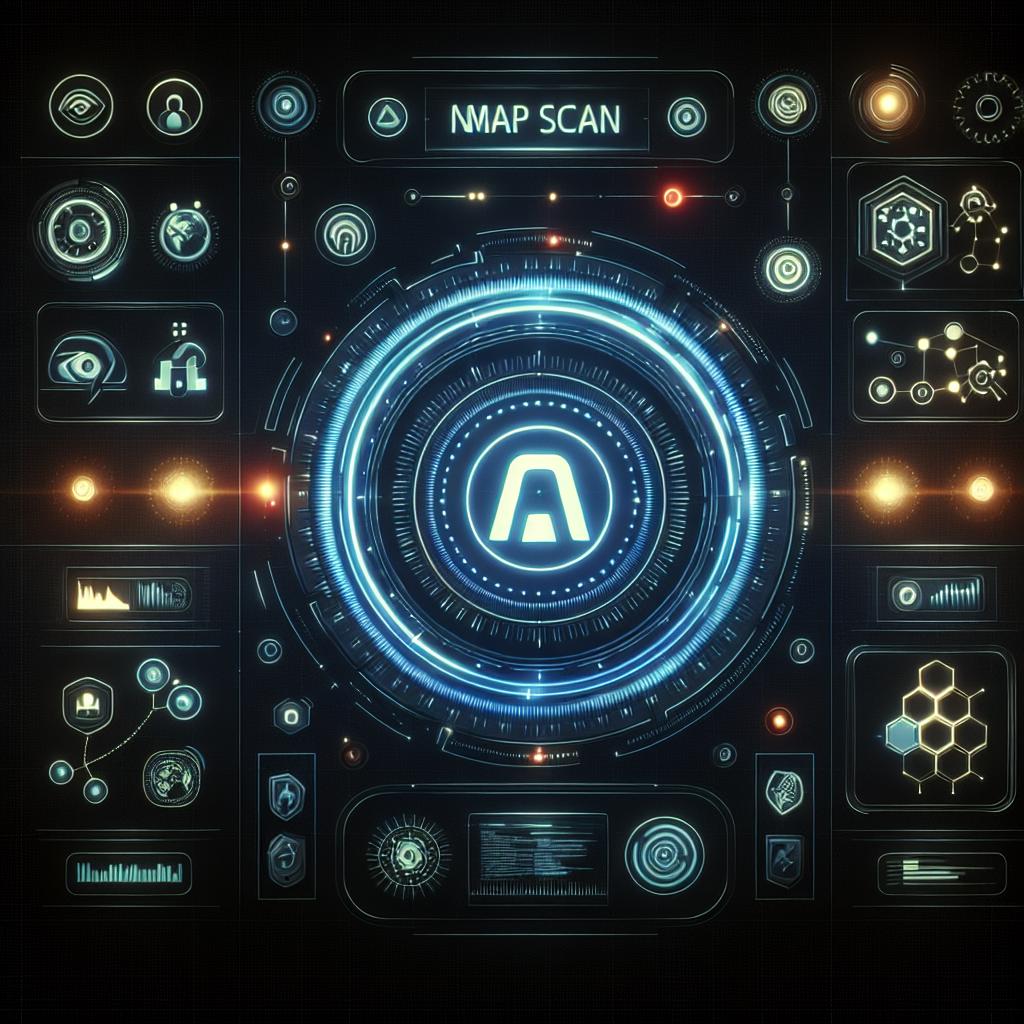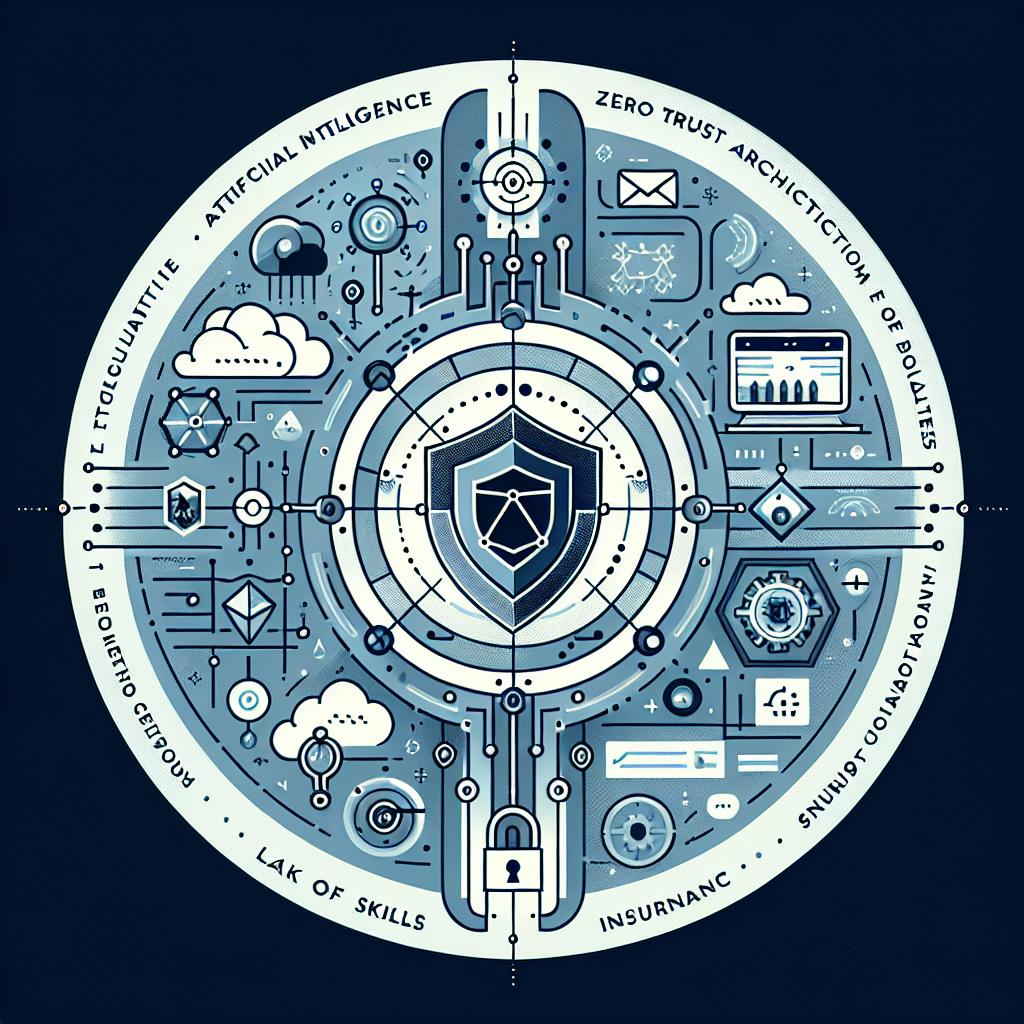In today’s rapidly evolving cloud environments, maintaining robust security is more critical than ever. Cloud infrastructures are dynamic, scalable, and often complex, making traditional security assessment methods less effective. Nmap, a powerful open-source network scanning tool, remains a cornerstone for security professionals. When combined with AI-assisted scanning techniques, Nmap can become even more effective in identifying vulnerabilities and securing cloud assets. This post explores best practices for using Nmap in cloud security, enhanced by AI capabilities.
Understanding Nmap in the Context of Cloud Security
Nmap (Network Mapper) is widely used for network discovery and security auditing. It helps identify open ports, running services, operating systems, and potential vulnerabilities. In cloud environments, Nmap can be used to:
- Map cloud network topologies
- Detect exposed services and ports
- Identify misconfigurations or unauthorized access points
- Validate firewall and security group rules
However, cloud environments introduce unique challenges such as ephemeral IP addresses, dynamic scaling, and complex network segmentation. This is where AI-assisted scanning can help optimize and automate the scanning process.
Challenges of Using Nmap in Cloud Environments
- Dynamic IP Addressing: Cloud instances often have dynamic IPs, making it difficult to maintain an accurate inventory for scanning.
- Rate Limiting and API Restrictions: Cloud providers may impose rate limits or restrict scanning activities to prevent abuse.
- Complex Network Architectures: Virtual private clouds (VPCs), subnets, and security groups create layered network boundaries.
- Ephemeral Resources: Containers and serverless functions spin up and down rapidly, complicating continuous monitoring.
- False Positives/Negatives: Traditional scanning may miss transient vulnerabilities or generate noise due to cloud-specific behaviors.
How AI Enhances Nmap Scanning for Cloud Security
Artificial Intelligence and Machine Learning can augment Nmap’s capabilities by:
- Intelligent Target Selection: AI models analyze cloud inventory and usage patterns to prioritize high-risk assets for scanning.
- Adaptive Scanning: Machine learning algorithms adjust scan intensity and timing based on network behavior and historical data to avoid detection or throttling.
- Anomaly Detection: AI can correlate scan results with baseline network behavior to identify unusual patterns or potential breaches.
- Automated Vulnerability Classification: AI helps classify and prioritize vulnerabilities based on exploitability and impact.
- Continuous Learning: AI systems improve over time by learning from scan results, threat intelligence feeds, and incident response data.
Best Practices for AI-Assisted Nmap Scanning in Cloud Security
1. Integrate with Cloud Asset Management
Maintain an up-to-date asset inventory using cloud provider APIs (AWS, Azure, GCP). Feed this data into your AI system to dynamically generate scanning targets. This ensures you scan only relevant and active resources, reducing noise and scan time.
2. Use AI to Prioritize Scans
Leverage AI to analyze asset criticality, exposure, and historical vulnerabilities. Prioritize scanning of high-value targets such as public-facing instances, databases, and management consoles.
3. Schedule Scans Intelligently
Avoid scanning during peak business hours or when cloud provider rate limits are likely to be enforced. AI can learn optimal scanning windows based on network traffic patterns and provider policies.
4. Customize Nmap Scan Types
Use Nmap’s flexible scan options (e.g., SYN scan, UDP scan, version detection) selectively based on AI recommendations. For example, AI might suggest a lightweight scan for low-risk assets and a deep scan for critical systems.
5. Correlate Scan Results with Threat Intelligence
Integrate AI-driven threat intelligence feeds to contextualize Nmap findings. This helps in identifying emerging threats and zero-day vulnerabilities relevant to your cloud environment.
Use AI to trigger automated responses based on scan results, such as updating firewall rules, isolating compromised instances, or alerting security teams. This reduces response time and limits potential damage.
7. Monitor and Adapt
Continuously monitor scan effectiveness and false positive rates. Use AI feedback loops to refine scanning strategies, improve accuracy, and adapt to changes in the cloud environment.
- Nmap Scripting Engine (NSE): Extend Nmap with custom scripts to automate specific checks relevant to cloud services.
- Cloud Provider APIs: AWS SDK, Azure REST API, Google Cloud SDK for asset discovery and management.
- AI/ML Platforms: TensorFlow, PyTorch, or cloud-native AI services (AWS SageMaker, Azure ML) for building intelligent scanning models.
- Security Orchestration, Automation, and Response (SOAR): Platforms like Palo Alto Cortex XSOAR or Splunk Phantom to automate remediation.
- Threat Intelligence Platforms: Recorded Future, VirusTotal, or open-source feeds for enriching scan data.
Conclusion
Nmap remains a vital tool for network scanning and vulnerability assessment, even in complex cloud environments. By integrating AI-assisted scanning techniques, security teams can overcome cloud-specific challenges, optimize scanning processes, and enhance threat detection capabilities. Following best practices such as intelligent target selection, adaptive scanning, and automated remediation ensures that your cloud infrastructure remains secure and resilient against evolving threats.
Embracing AI-enhanced Nmap scanning is not just about keeping pace with technology—it’s about staying one step ahead of attackers in the cloud.



